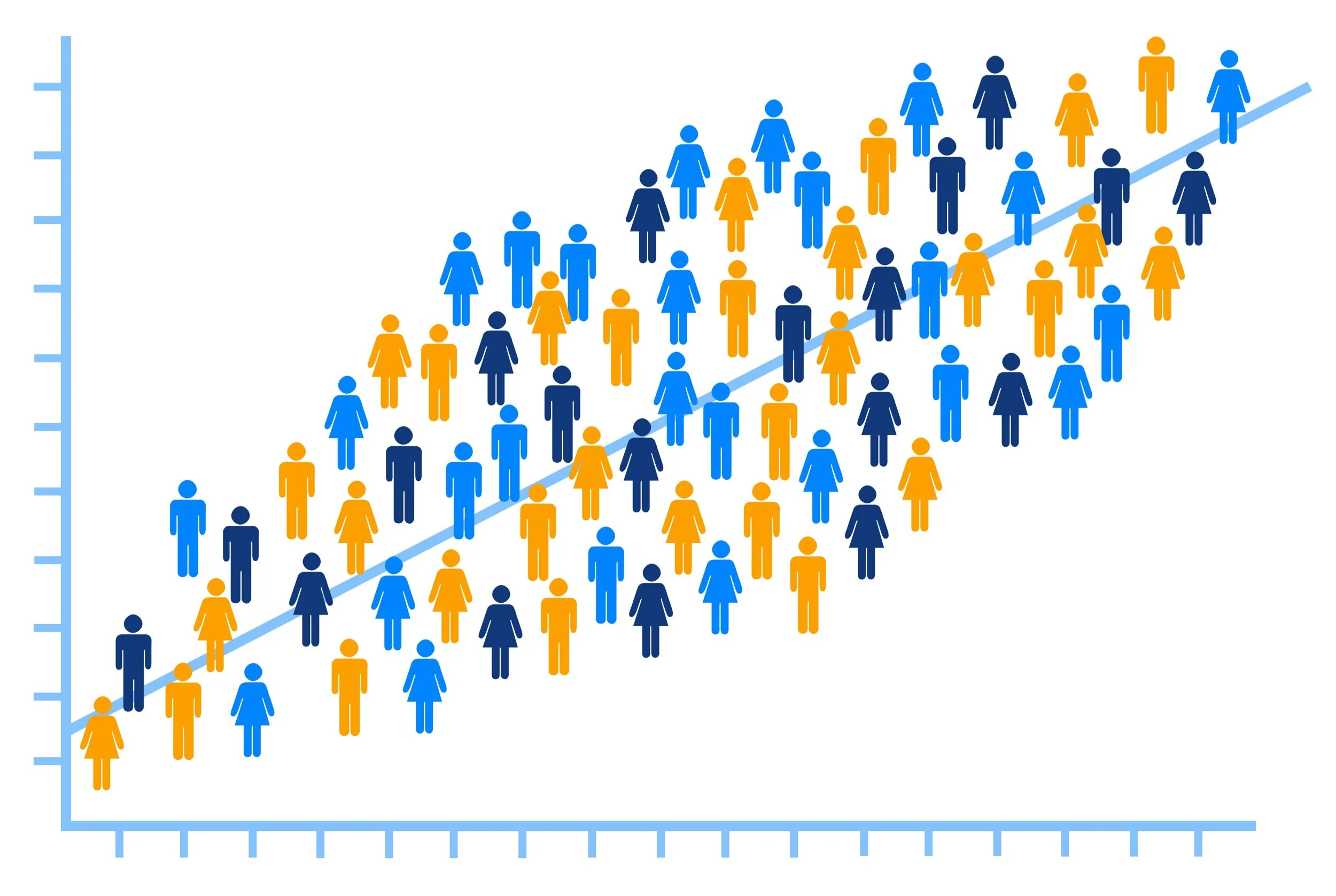The COVID-19 pandemic has recently underscored the impact of Social Determinants of Health (SDOH) on public health, and how critical they are to effectively managing vulnerable populations. We are seeing more clearly a greater impact in certain dimensions, which will require more acute intervention:
Financial and economic: Record-high unemployment (22 million claims in April) and underemployment figures - together affecting about 1 in 5 Americans - indicate that COVID-19 has exacerbated the economic hardships that many Americans face. Lower-income families and individuals with fewer savings to draw from have been hit the hardest as their jobs are more likely to furlough or terminate. They are not in a position to work remotely, nor able to withstand a two-week sick period. Moreover, individuals who have been laid off and resume work later this year may face the threat of another wave of illness and unemployment.
Food insecurity: Going hand in hand with financial hardship is a major spike in food insecurity, a problem that was already affecting approximately 12% of American households even before the pandemic struck. The scope of this issue is likely to increase as COVID-19 begins to interfere with food supply, and more Americans are laid off from their primary sources of income. The impacts on health, both from consumption of more inexpensive, unhealthy foods, or from a lack of food altogether play a role in both acute and preventable long-term illnesses and conditions. They can contribute towards an increased likelihood of developing a serious case of COVID-19, and to co-morbidities such as diabetes, hypertension and heart disease.
Housing instability: 78% of Americans currently live paycheck-to-paycheck, and one study finds that housing instability affects 24% of low-income households. Families and individuals without reliable housing or that are living in shelters are more exposed and vulnerable to COVID-19, thus being unable to follow social distancing guidelines and potentially accelerating the rate of transmission for them and their neighbors. Other negative health outcomes also tend to follow housing instability, such as behavioral health, substance abuse, or avoidance of medical attention for fear of hospital expenses or contracting COVID-19 in a healthcare facility.
Many providers and other healthcare organizations have been working to address these critical SDOH needs as part of their pandemic response, with major re-shuffling of resources, standing up of new workflows, and designing new reports and ways to document in order to meet this new spike in demand. But while these near-term fixes are necessary, it will be important to establish a more permanent operational foundation that maximizes a finite resource pool and enables providers to focus appropriately on clinical care needs. Several key areas for consideration include the following:
Community Integrated Health
Providers and healthcare organizations are often not equipped to be the sole solution to all of the non-clinical needs of their patients, but play a vital role by serving as a key facilitator in mobilizing and connecting with community-based resources. Effective integration requires resources that can first work together to reliably identify SDOH needs of vulnerable populations, and then determine how to quickly respond and reach out towards those populations. This often requires strong community partnerships with food banks, low-cost housing providers, financial support institutions, and Medicaid assistance specialists, all of whom can all play a part in improving health outcomes. These partnerships enable providers to be more effectively connected to the communities that need them the most.
People, Process, Technology
While establishing these broader partnership and tight-knit connections are important, the key to success will be the ability to set up a solid operational infrastructure to manage these integration points, especially with entities outside of an organization’s four walls. Following and managing patients across clinical and community settings can often be challenging, and must be carefully coordinated in order to be effective. Often, a referral and seamless transition to a community-based organization will be required. Clear and organized workflows must be established, defining which roles and specific resources will service which functions as part of an integrated delivery approach. With the potential addition of new resource types like public health resources and specialists in contact tracing, the issues faced by front-line workers on how to monitor and treat quickly and effectively become even more important and incrementally complex.
With improved integration and SDOH functionality from major Electronic Health Record (EHR) vendors such as Epic and Cerner, the technology layer has greatly improved documentation and analysis of data. However, there is still much opportunity for optimization. Some basic use cases are still falling short, such as the ability to effectively collect, document and share SDOH-specific data across and outside of the organization as part of an integrated care plan. This data needs to be housed centrally and visible to anyone interacting with the patient. Internal visibility and usage of data within a massive EHR patient record are still issues across many organizations. The accelerated adoption of telehealth, along with a mixed portfolio of different IT systems or modules for analytics, population health management, and care management functionality still leave a trail of disparate workflows and digital silos of information.
Social determinants of health (SDOH) have always played a significant role in population health management and outcomes, albeit now exposed more prominently due to the current pandemic. We should expect issues around finances, nutrition, and housing to be with us long after we weather this storm. COVID-19 will hit disproportionately hard for some, which is a sign that we must fight through the current crisis and at the same time learn from these hard lessons to avoid repeating the past. We can establish a foundation of strong community partnerships, put in place the right resources, design agile workflows and configure flexible IT solutions that can sustain an increasingly demanding and dynamic future.



